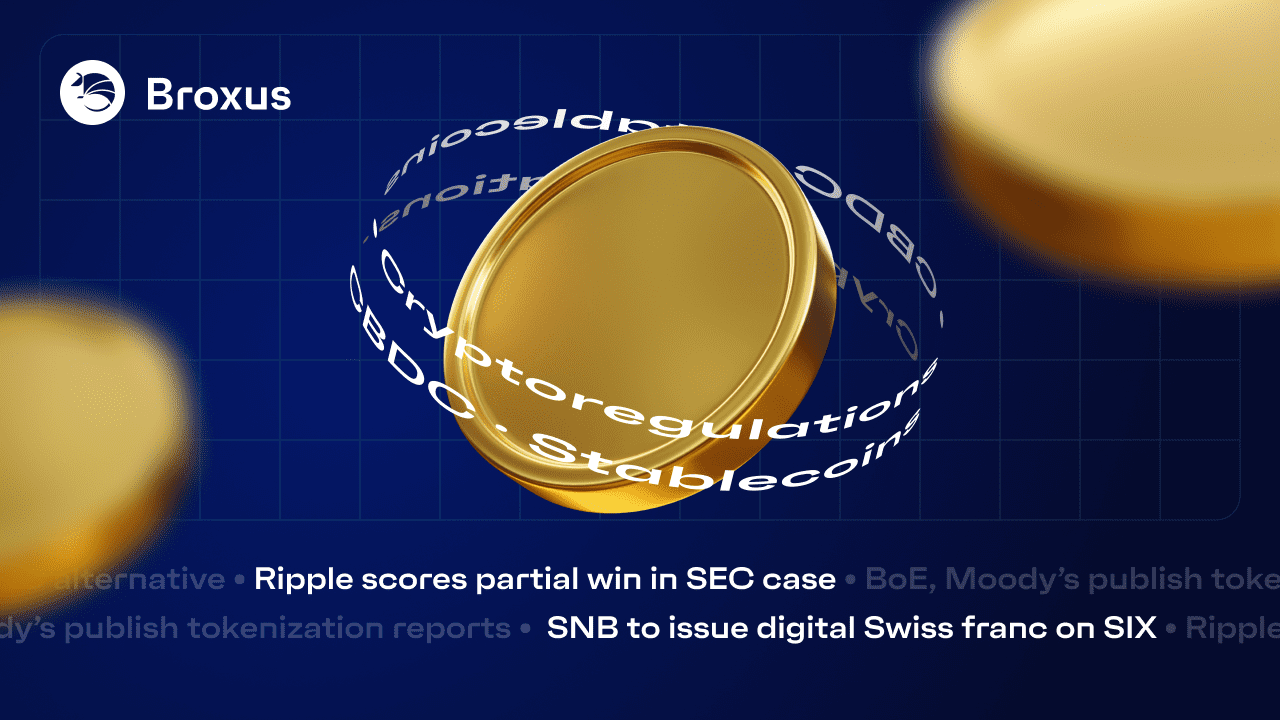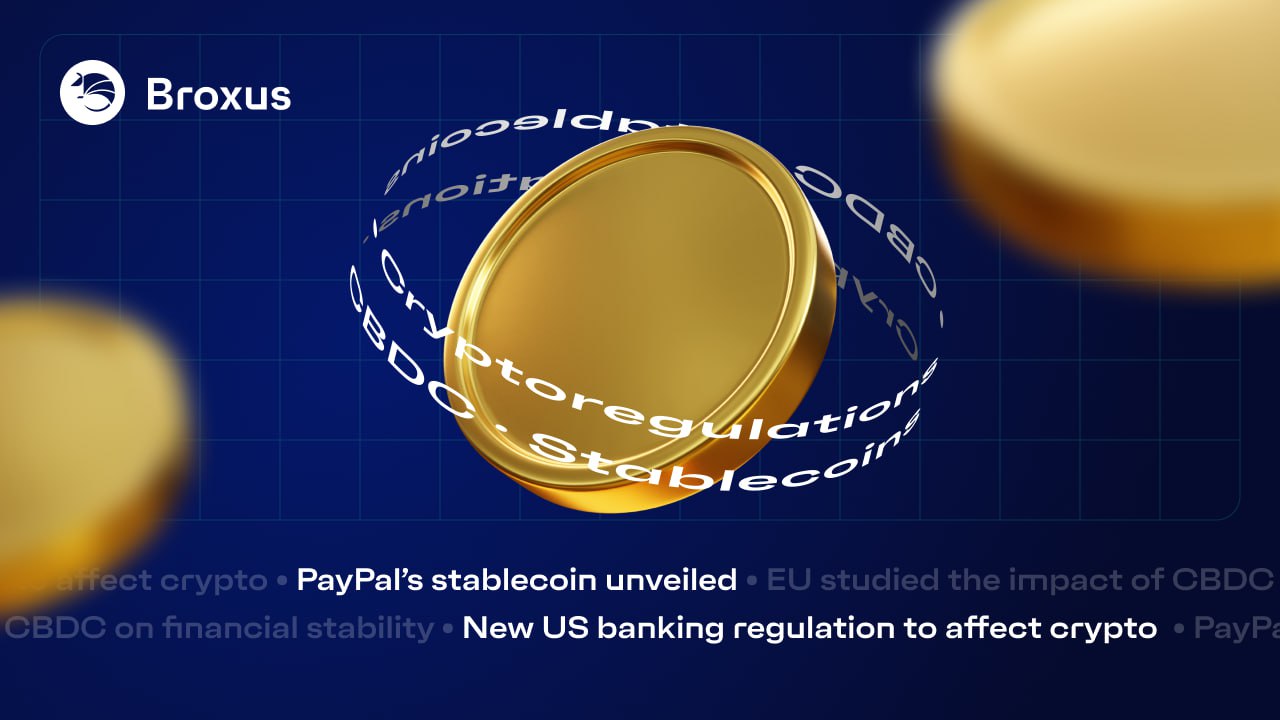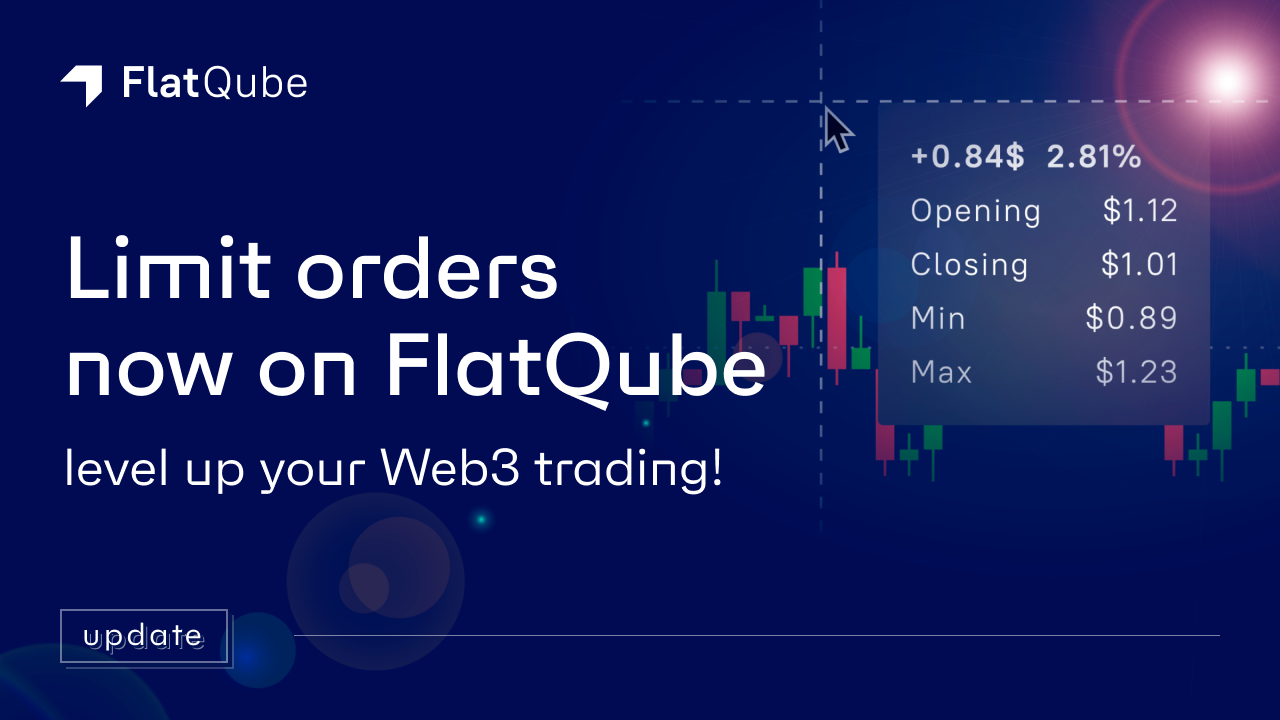In crypto, tokenization is still something that is only being talked about.
CBDC latest news
In his latest post, Atakan Kavuklu’s has provided an overview of the progress of different CBDC projects around the world as of July 2023, as well as updates to the CBDC tracker project. We will focus on the most important points, but first of all, we will start with the latest CBDC statistics.
The number of central banks interested in exploring “some form or another” of a central bank digital currency (CBDC) has risen to 93%, according to a survey conducted by the Bank for International Settlements in 2022 and released just recently. 86 banks responded to this BIS survey. At the same time, a June study conducted by the Atlantic Council showed that about 130 countries are exploring the possibility of creating a central bank digital currency.
WealthRocket has released the results of a survey of 1,500 Canadian adults about their attitudes toward retail central bank digital currencies (CBDC). More than half of those surveyed said they were more or less willing to use a CBDC. Of these, 43% are ready to some extent, 11% are very ready and 5% are extremely ready. On the other hand, a quarter of the respondents said they did not want to use a CBDC in Canada at all. And 16% said they don’t understand enough about the issue to make a decision right now.
Ripple has expanded into Colombia, where it will offer the Ripple CBDC platform based on the XRP Ledger (XRPL). The launch of the Ripple CBDC platform follows in the wake of the recent Southern District of New York hearing, which concluded that the distributions of Ripple’s XRP token to individuals do not constitute illegal offers and sales of securities. However, institutional sales of XRP violated US securities laws, meaning the company is not quite out of the woods yet.
The Swiss National Bank will issue a digital swiss franc on the SIX exchange, likely as part of the project Helvetia. This project also tested transactions with tokenized digital assets, which means that the wholesale franc can become the basis for the development of intra-European digital asset markets, after the adoption of MiCA.
In Thailand, a retail digital baht was launched based on Giesecke + Devrient Filia platform solutions. The project will last for three months starting in June, and the same provider will presumably provide launch options for the digital currency in Swaziland.
Nigeria is trying to save the eNaira project by opening up the possibility of transfers from abroad. International Money Transfer Operators (IMTOs) will be required to apply for a one-time “no objection” certificate and open merchant wallets through a central bank in order to offer customers the ability to use eNaira for cross-border money transfers.
Iran and Russia are expected to issue a gold backed crypto, and Zimbabwe has already confirmed the issuance of gold backed crypto in the coming days to provide investors with a platform to save, invest and trade in gold. People will be able to purchase gold cryptocurrency for $10. On July 13, the Duma of the Russian Federation adopted a law on the russian digital ruble, and the confirmation of the law by the Federation Council at this stage is considered to be a formality.
Zoltan Pozsar joined the Odd Lots podcast for the first time since leaving Credit Suisse. “Instead of one reserve currency, we’ll get a lot,” and as cross-border payments revert to something more akin to the 17th-century London market, he expects “gold remonetization” to be inevitable. This echoes the sentiment behind the rise of gold backed crypto and the implicit pegging of the E-Yuan to gold via the Shanghai exchange. Zoltan considers it unlikely that the dollar will be replaced by bitcoin, but the revolution in international finance will at least involve cryptocurrencies: “CBDCs, stablecoins and tokenization all have a role to play. CBDCs,” he said, “will provide the infrastructure rails to accelerate the de-dollarization process.” According to Pozsar, they will replace the network of correspondent banks that support the dollar system with a network of “correspondent central banks.”
Finally, the IMF presented a vision for a competitive solution compared to BIS projects. The fund proposed a new class of platforms designed to ensure the compatibility, efficiency and security of cross-border payments and domestic financial markets. These kinds of platforms would have a single settlement book and all settlements would be carried out in a safe asset, possibly in the form of a central bank digital currency (CBDC). Governments would retain the right to restrict user transactions in foreign currencies and introduce financial integrity checks. The use of distributed ledger technology (DLT) was rejected because it has “significant limitations” in terms of validator costs, security, efficiency and privacy. The organization is also working on linking the world’s central banks via a CBDC mutual settlement system. At a conference with representatives of African central banks in Rabat, Morocco, IMF Managing Director Kristalina Georgieva argued, “CBDCs should not be disparate national offerings… For more efficient and fair transactions, we need systems that connect countries: we need interoperability.”
Tokenization news
Concerning tokenization, two significant reports have emerged that focused primarily on the issuance of bonds.
The Bank of England outlined how a traditional bond issue compares with a token issue in detail. Their report focuses on the tokenized stocks, bonds, loans, illiquid assets (such as real estate) and derivatives.

The report includes blockchain securities (securities issued natively on blockchains), as well as “hybrid” models. The potential benefits of tokenization include increased operational efficiency (such as instant settlements), access to new asset classes (through tokenization of traditionally illiquid assets), lower transaction costs, lower asset servicing costs, and the ability to better manage certain risks, such as counterparty risk (thanks to immutable data and programmable smart contracts).
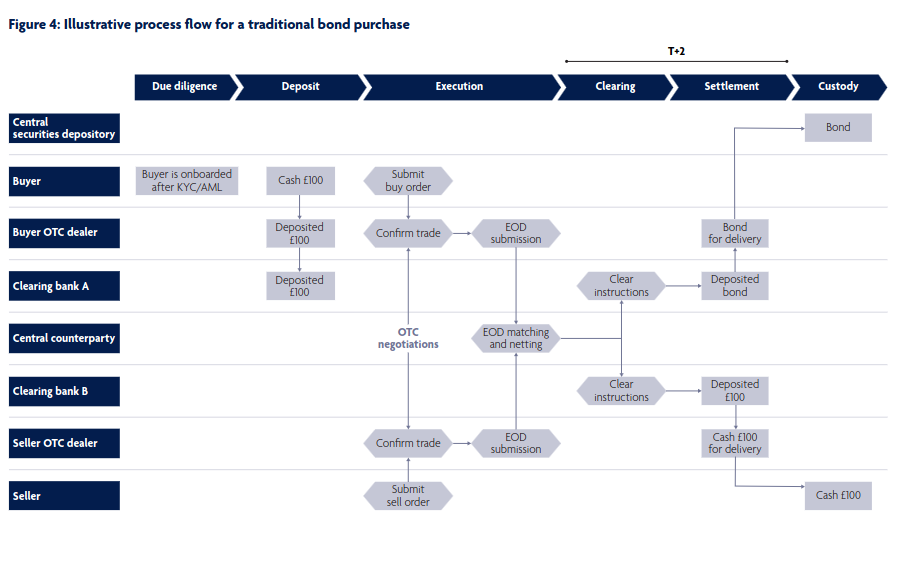
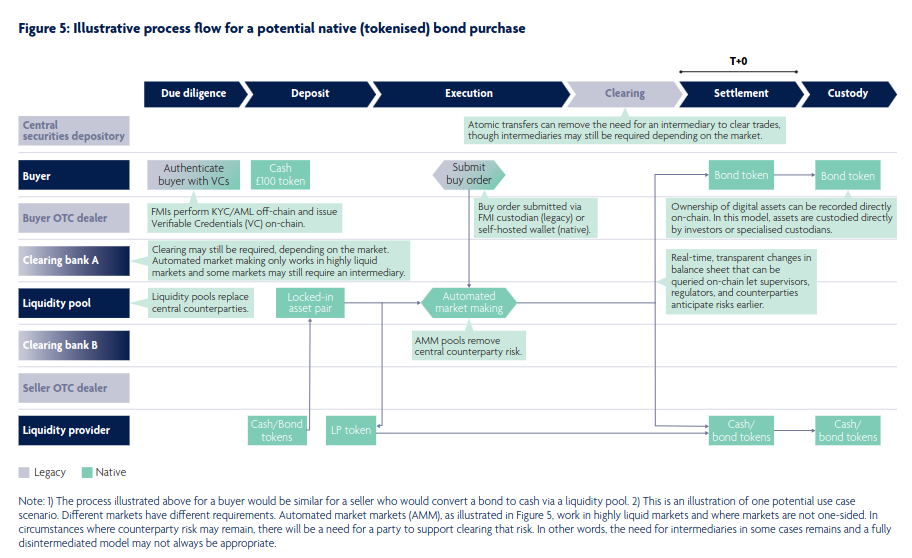
The ETC Group analyzed the release of on-chain assets (on public and private blockchains). In January, the Goldman Sachs Digital Asset Platform (DAP) was launched on the Canton blockchain. The platform allows Goldman to issue, settle and hold tokenized assets.
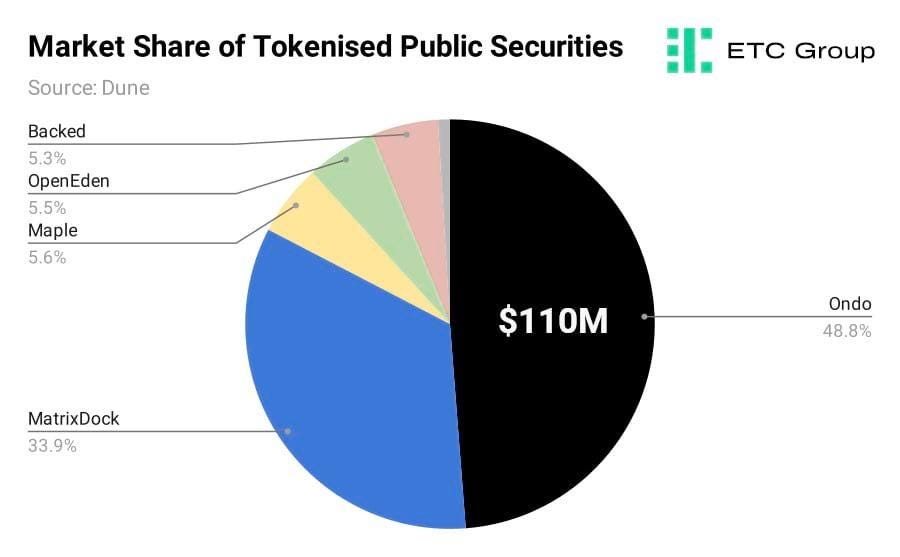
The first institution to use the platform was the European Investment Bank (EIB), which issued two-year digital bonds worth €100 million on the platform. Issuers such as Ondo Finance, MatrixDock and Maple Finance are issuing ERC-20 tokens on the Ethereum platform that are fully backed by the underlying assets. Ondo products dominate the tokenized asset space with a market value of $110 million and hold a nearly 50% market share.

Moody’s followed in the steps of the Bank of England and published an informative report on digital bonds. They list the same benefits as the other report, but the release and its table of platforms are quite illustrative of the current situation.
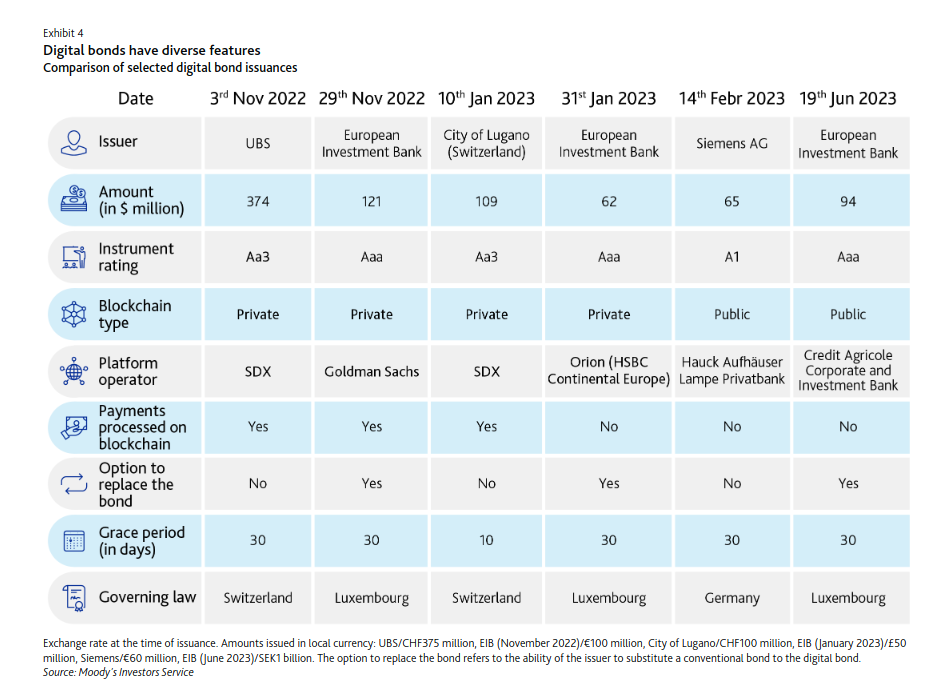
Chile is preparing to use tokenized assets. Last year, Chile’s Central Securities Depository (Depósito Central de Valores, DCV) upgraded its legacy system to the Nasdaq CSD platform. It now plans to integrate Nasdaq digital assets capabilities to support the issuance, registration and settlement of digital securities and is considering using smart contracts to automate bond interest payments and other life cycle events.
Namibia has just adopted a law that paves the way for trading in tokenized assets.
Blackrock director Larry Fink said in an interview that
If we can create more tokenization of assets and securities… it could lead to a revolution in… finance.
Stablecoin news
The company has currently filed with the SEC for a Bitcoin-backed exchange-traded ETF product and has led a chain of re-apply decisions from a dozen other investment firms.
Among stablecoins, TrueUSD is being closely monitored after it unpaired with the dollar due to the bankruptcy of the PrimeTrust custodian. TUSD hit a low on June 28, 2023, of 80 cents USDT. According to CoinGecko.com, TUSD ranks fifth in terms of crypto market capitalization ($3.1 billion vs. $83.4 billion for Tether and $28.2 billion for USD Coin). The situation in many ways recalls that of USDC when the SVB bank went bust.
JP Morgan, which led to the JPM Coin launch in 2019, has started working with transactions in euro stablecoins. The first payment in euros on the platform was made by the German company Siemens AG. JPM Coin can only be used to transfer money between JPM branches or other JP Morgan clients. Therefore, the bank has called this solution blockchain bank accounts. JPM Coin is a small part of JPMorgan’s payments business. Since the jpm coin launch, the bank has used it to process about $300 billion worth of transactions, while in total, the bank processes about $10 trillion daily.
SEC Crypto Regulation
The SEC has been on a regulation push in 2023. We have already mentioned the news regarding the SEC vs Ripple case, but another interesting event happened in July. The Commission provided a perfect example of crypto compliance: Prometheum. Prometheum claims to be the first FINRA member in the cryptocurrency space to be registered with the SEC as a broker-dealer. But what is Prometheum? It’s a digital asset exchange with no assets to trade as it only plans to support SEC-approved tokens. One of the company CEOs drew public scrutiny after testifying before Congress that the crypto community was complaining for nothing, considering that all the rules were clear and the issue was just that the companies did not want to follow them. Gary himself last week on CNBC praised Prometheum, toting it as an example proving that the SEC is not targeting cryptocurrency projects.
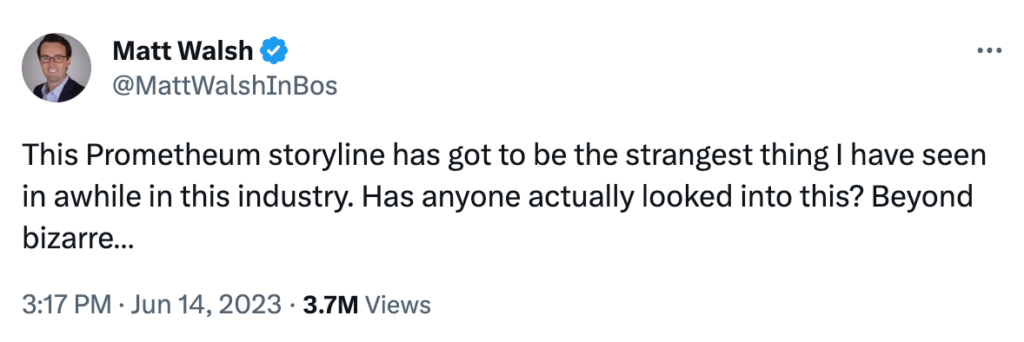
via Twitter
The Organization for Economic Cooperation and Development (OECD) has published a new CBDC and crypto taxation system. The New Crypto Asset Reporting Framework (CARF) was developed as a result of the 2014 revision of the Common Reporting Standard (CRS) to eliminate loopholes related to the taxation of digital currencies in various member countries of the organization. Under the new structure, tax information on transactions with digital currencies will be automatically exchanged on a uniform basis in accordance with existing rules.
